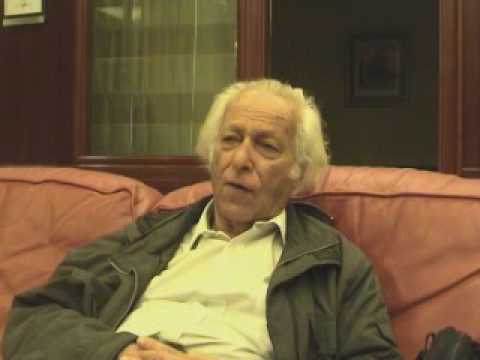

T-95s are now past the launch sites in Saratov and are heading towards the Caspian Sea to join the Tu-160s, according to same source.
Launch manouvers apparently conducted, Odessa might be in for a very bad morning if all 20+ strategic bombers launched Kh-101s. I think it’s unlikely that such will happen, but we’ll see.

















With the drone/UAV threat from Ukraine, and Ukrainian infantry being on the ropes, Russia might actually have a better time in urban combat than trying to gain ground on open fields. Easier to stop Russia advancing through open fields by just drone striking all their vehicles with minimal infantry needed, much harder to to that in urban combat with all the buildings, plus Ukraine needs lots of skilled infantry to hold ground in urban warfare, which is a big issue for them.